From Msgr. Peter Wolf, DD •
It will be a highpoint of the Year of Mercy when Pope Francis canonises Mother Teresa of Calcutta on 4 September. Even while she was alive many people saw her as a saint, and when they met her they felt that they were meeting more than a committed person, or a well-known personality. At any rate I will never forget my encounter with her.
It was during the Katholikentag in Freiburg in 1978. A small group of people responsible for the vocations pastorate had the idea to invite Mother Teresa to visit Freiburg. We hoped to raise the subject of vocations in a new way. We wanted to ask her to speak to the young people in the Freiburg Cathedral and give them her testimony. I was asked to help prepare the Mass, and so the opportunity arose for me to meet Mother Teresa personally.
She stood before me in her white Sari with its blue border, much smaller than I had imagined her. She was very attentive as she faced me. I had the feeling that at the same time as she was speaking to me she was praying. The Rosary slipped constantly through her bony fingers. She was wholly with God and yet wholly with the people before her. I joyfully told her of a young student who had told me of her wish to join Mother Teresa’s community.
After our conversation in the office, we went to the house chapel in the Spiritual Centre of the Katholikentag, which had been set up in the Borromeus College. Hardly had she caught sight of the tabernacle than she sank to her knees; with all her senses she was directed towards HIM. … Afterwards I accompanied her through the house to the entrance opening onto the street. People constantly arrived who simply wanted to touch her clothes. It seemed to me like in the Gospel when Jesus went through the streets and people wanted to touch him.
Another memory that impressed itself on me was the encounter with Cardinal Ratzinger in the sacristy of Freiburg Cathedral before the vigil late in the evening. The Cardinal was already in the sacristy in his red soutane. Someone accompanied her in her white and blue sari and thin grey jersey into the sacristy. She immediately approached him, greeted him humbly and kissed his ring. Still today this moment is for me the image of the encounter between office and charism, and I will never forget it. The Vigil service began towards 10.30 p.m. The cathedral had been completely filled for some hours, and the people crowded outside. After hymns and readings, a sermon by Cardinal Ratzinger and another by Bishop Stroba from Poland, it was the turn of Mother Teresa. She walked to the microphone with her Rosary in hand.
She immediately invited the thousands of young people to pray a Hail Mary with her. Then she gave her testimony. In order to express what a vocation meant to her, she began with Mary, “The vocation of our Blessed Mother was to welcome Jesus into her life.” A little later she said in English, “Vocation is to belong to Jesus …” Then she told them quite simply what she and her Sisters had done for the poorest of the poor for years. All listened attentively and one could feel something of her closeness to the poorest of the poor. Many began to guess her passion for Christ in the poor and dying on the streets of Calcutta, and wherever they could be found. Even more than in the office I was deeply touched as were many more that night. As saint was speaking. At the same time she pointed out clearly that she didn’t want to do anything exceptional. She would not make any distinction. “The call goes out to you and to me!” “Holiness is a duty for you and for me.” I can still hear those words, “Holiness is not a luxury of the few, it is simply a duty for you and for me.” These words apply still today when Mother Teresa is canonised by Pope Francis. Six years after her death Pope John Paul II beatified her. Then, and all the more now when she is beatified on 4 September, what many inside and outside the Church have long thought and expressed will be solemnly proclaimed after a process lasting a number of years: Mother Teresa is a saint.
In life she convinced the people. Many considered what she achieved and moved as almost superhuman. Much of this will appear again in the media around the time of her canonisation, along with impressive numbers and touching examples. But will they also look at and take in why she did everything, and what really moved this woman in the depths of her being?
I hope that the canonisation will help to shed light on what Mother Teresa’s real motivation was, and where she drew the strength for what she did. The fascination of Mother Teresa lies deeper. What moves me is not only her committed life, I am also fascinated by her spirituality, her spiritual legacy. In her we see a Sister who lived from the heart of the Gospel. In her we see someone who lived mercy to its ultimate depths. She took Jesus’ words literally: “What you have done for the least of my brothers and sisters, you have done it for me.” In her we see a Sister, and in the meantime hundreds and thousands of them, who take Jesus’ presence in the poor as concretely and seriously as he is present in the Eucharist. Mother Teresa laid the roots of Christianity bare; it can only come from ultimate and unconditional commitment to the poorest of the poor.
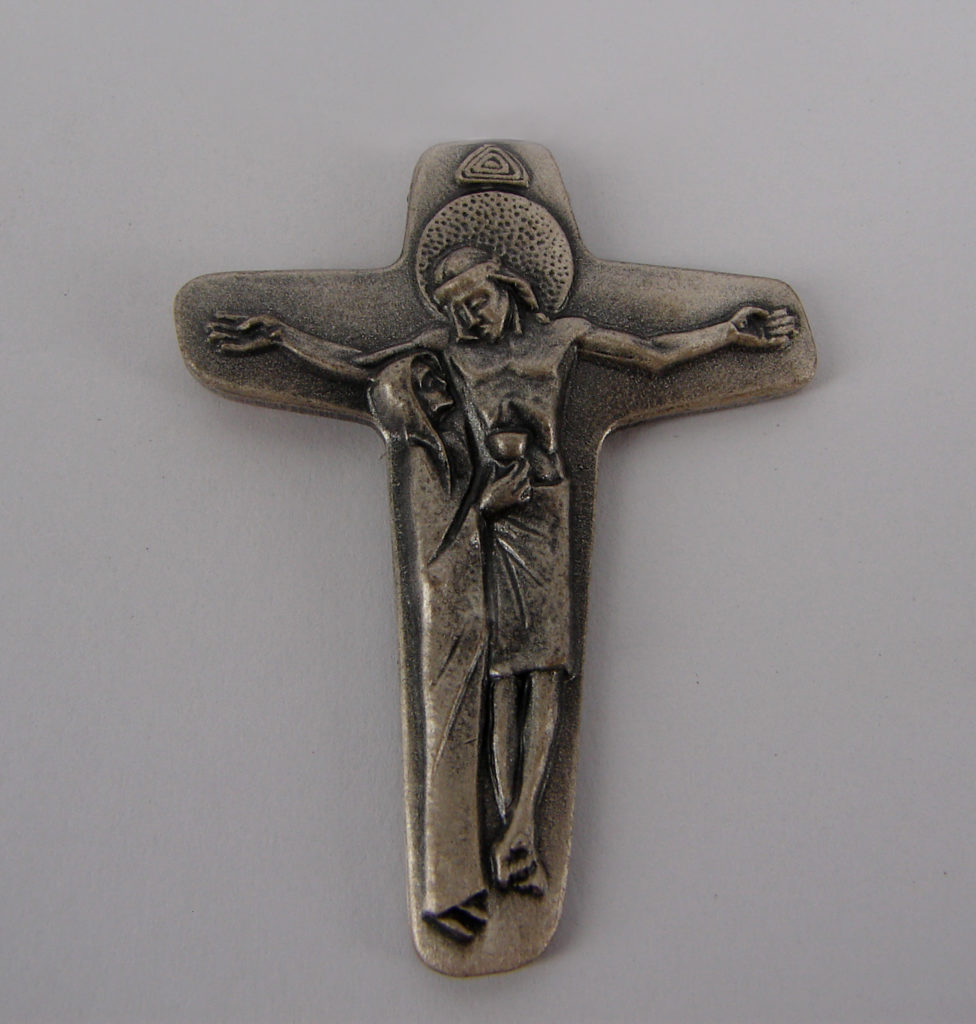 In the last few years I suddenly understood once again what is the centre and source of the spirituality from which Mother Teresa lived, and with which she inspired her Sisters, when I heard why she so loved the Unity Cross that has played a special role in the Schoenstatt Movement for a long time, and that had a special place in its centenary celebrations. Mother Teresa found this cross in the dirt on the street and knew nothing of its history. She discovered it again when she visited the Vatican and saw that it was the pectoral cross of Archbishop Errazuriz, who was then the Secretary of the Congregation for Consecrated Life. Mother Teresa told him that this cross best expressed what she and her community wanted to do: Like Mary to stand by the Cross of the Dying Christ and to meet him there. The Archbishop, later Cardinal, then gave her hundreds of copies of this Unity Cross for her Sisters.
In the last few years I suddenly understood once again what is the centre and source of the spirituality from which Mother Teresa lived, and with which she inspired her Sisters, when I heard why she so loved the Unity Cross that has played a special role in the Schoenstatt Movement for a long time, and that had a special place in its centenary celebrations. Mother Teresa found this cross in the dirt on the street and knew nothing of its history. She discovered it again when she visited the Vatican and saw that it was the pectoral cross of Archbishop Errazuriz, who was then the Secretary of the Congregation for Consecrated Life. Mother Teresa told him that this cross best expressed what she and her community wanted to do: Like Mary to stand by the Cross of the Dying Christ and to meet him there. The Archbishop, later Cardinal, then gave her hundreds of copies of this Unity Cross for her Sisters.
I want to take Mother Teresa seriously in her very real life for Christ in the poor and the suffering. She doesn’t treat them as problems, but honours Christ in them. I want others to take seriously what she often expressed as a wish to still Christ’s longing for love in the poor. In each chapel of her worldwide community houses you can find the words, “I thirst” written next to the crucifix. She and her Sisters want to answer those words during their daily Adoration and in what they do for the poorest of the poor, for which they have accepted the obligation to serve them without payment through a fourth vow. She was conscious of having been called to this commitment with great urgency and haste after the example of Mary, who set off in haste to help her cousin Elizabeth. It is a profoundly Marian vocation which Mother Teresa lived and carried out. This is just how she lived her calling to belong wholly to Christ.
Original: German. Translation: Mary Cole, Manchester, UK


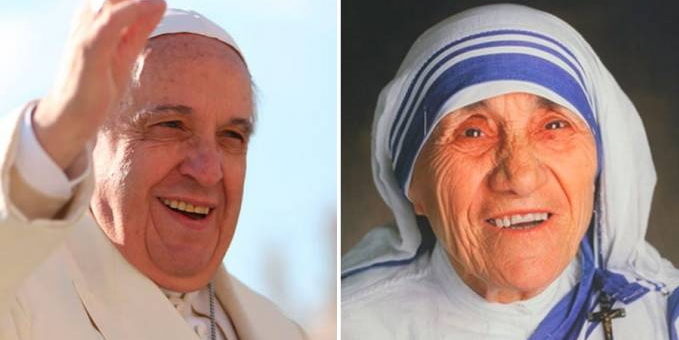
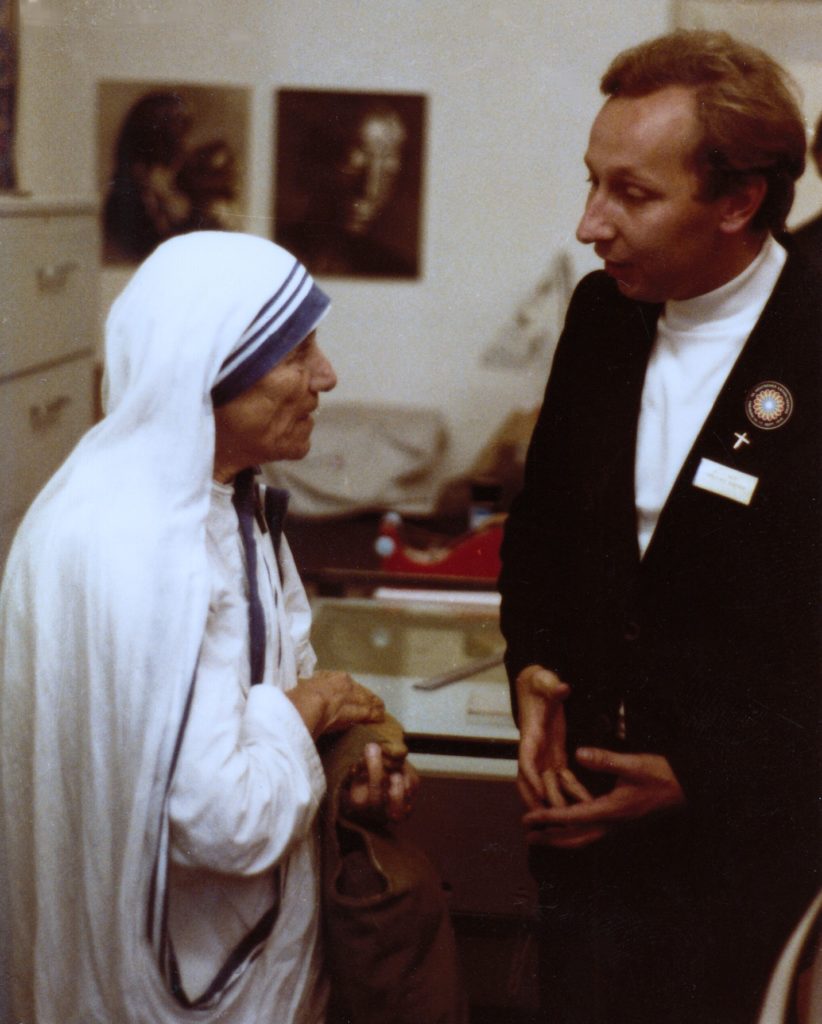
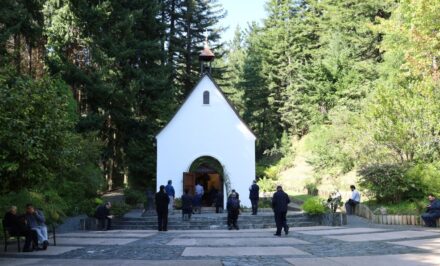
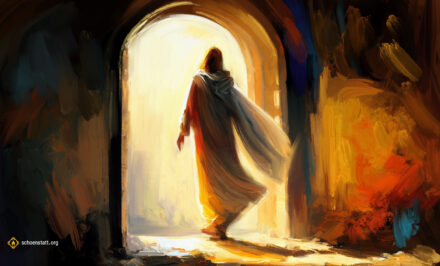
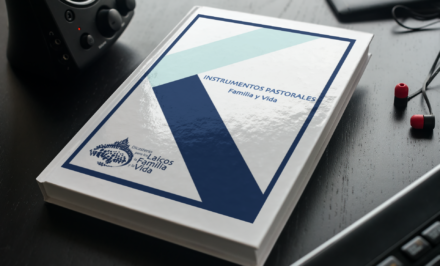









Is this crucifix available as a pendant for purchase? thank you so very much!
yes they are, at Schoenstatt Shrines, and at http://www.holyart.it (onlineshop)